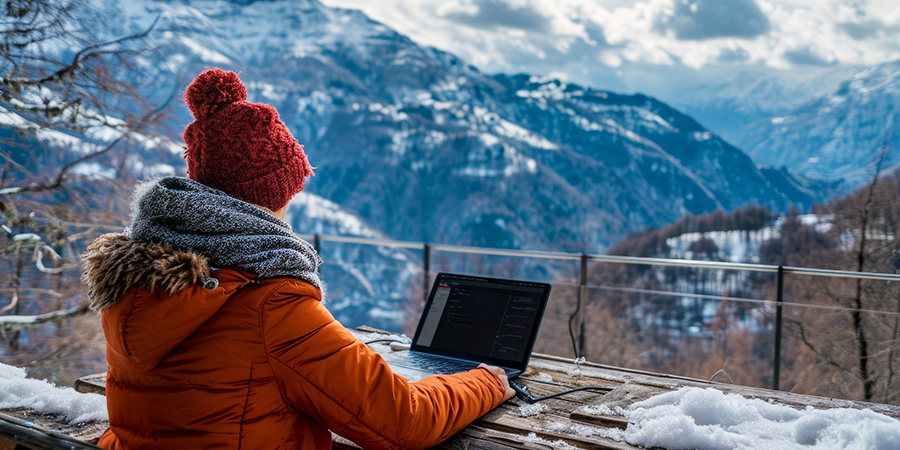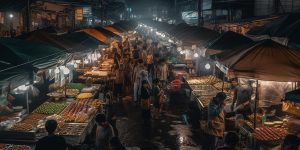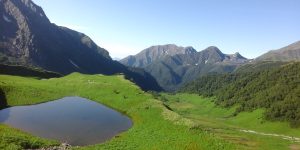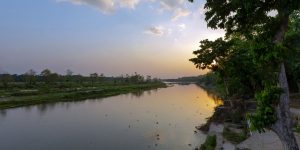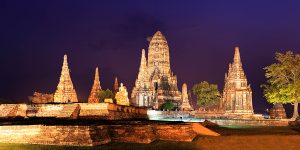The implications of technology and online information on a country’s tourism industry are immense with countries spending large portions of their marketing budget on creating online content and technology. I came to realize this while working on a project on the Rwanda tourism industry. The task was simple: we had put together a thick volume of information on tourist attractions in the country, and all that was left; was to put it on a website. However contrary to our expectations this turned out to be the most challenging part of the assignment. Choosing information and presenting it on a website and mobile app in the most fitting way would shape how prospective visitors looked at Rwanda; and decide on whether to go there or not. As I sat at my office desk staring at the work-in-progress homepage and wondered how we could make this happen, I realized this was the first of many days that I would spend on that page.
USING TECHNOLOGY TO INFORM
Researching a destination online before visiting it has become common practice in this age, be it for domestic or international travel. Today, destination choices are shaped by user reviews in travel forums, and routes are navigated by Siri, Cortana and Google Now. In this maze of information, countries proactively put up information on websites and publish free apps to attract new tourists as well as inform them on the destination and other travel components that visitors will need while traveling.
Updating information is particularly important in adventure tourism where visitors need to be aware of various factors like weather conditions. While camping overnight at Deurali during a trip to the Annapurna Base Camp just in March 2015, I remember hearing loud rumbles which our guide claimed to be of avalanches nearby. The very next morning a group of trekkers abandoned the trip and headed back. Although we were a bit unsure we continued with the journey. On the way we could see debris from the earlier night as well as new avalanches. Lack of an official information dissemination system along the trail therefore resulted in some people hastily abandoning trips midway. More crucially, others weren’t fully aware of the risk and implications of bad weather and the dangers that might lay ahead.
Given that mountaineering and trekking is one of the largest sources of income generation for Nepal, it is essential that investments be made in ensuring a safe and informed trip for visitors. For instance, investments can be made in developing a concrete information generation and dissemination mechanism, like regular radio contacts with trekkers or their guides. Social media and online portals are full of videos on Nepal’s mountains, culture and festivals, and this kind of positive publicity ought to be backed by good facilities on the ground. These investments need not necessarily come entirely from the government. Given a good business case of selling weather data, private investment can be encouraged and tour agencies and guides can be mandated to subscribe to these services. For instance, HoneyGuide, an app which provides offline information on some of the famous trails of Nepal provides data on the trails, weather and other relevant information. Private players are stepping in and adopting technology, which is encouraging to witness. Technology therefore offers such immense opportunities that entire tourism businesses are now being built around it.
USING TECHNOLOGY TO ATTRACT
Technology has a wide spectrum of usage in the tourism industry that goes beyond the lone website and accompanying mobile app. Dubai’s Burj Khalifa and Palm Islands, Malaysia’s theme parks and KL tower are some examples of how countries have become top tourist destinations on the back of technology. Malaysia is not as well endowed with natural resources as Nepal, but they have managed to leverage technology to create attractions like water, amusement, wildlife and theme parks; which is now considered as one of the most famous tourist destinations in the world. Malaysia’s Sunway Lagoon; one of the oldest theme parks in the country, is full of exciting rides along with a wide variety of birds and animals, and still receives more than 1.5 million visitors a year.
While countries blessed with nature resources can leverage what they have to boost their tourism industry, others can use technology to expand this sector. I was left mesmerized with the Wings of Time – the lights and water show at Sentosa Island – which adapts technology and utilizes lights, water cannons and sound effects to tell a simple story projected with the sea as the background. On the other side is my memory of Annapurna Base Camp, a heavenly experience on its own, which would have been far better had technology been leveraged for these kind of trekking arrangements.
TOURISM & TECHNOLOGY IN THE NEPALI CONTEXT
Nepal, already blessed with natural heritage, can massively leverage technology and focus on enhancing visitor experience. Tourism products that provide the best of nature and technology can be created, however Nepal’s tourism sector has been slow in adopting technology and leveraging it to its benefit. The same tourism product and packages have been on offer for far too long. While it is encouraging to see new products, such as the zip line at Pokhara and sky diving at Mt. Everest, at the same time we are yet to capture the immense opportunities made possible by placing technology at the forefront of the visitors’ experience. We are yet to see our museums adopt interactive technology, our trekking trails equipped with real time information dissemination systems, our mountains guarded with well-equipped rescue teams or even garbage management systems.
We have an opportunity to reshape the industry ahead of us. Given the recent earthquake, it is now crucial that the heritage we rebuild adopts advanced architectural technology to ensure that they remain intact if another earthquake were to hit the country. We need to have a futuristic vision and build an appetite to adopt new methods of packaging and creating tourism products and maybe few years down the line we can sit around the Dabali in front of the Hanuman Dhoka Palace and witness an augmented reality field created through holograms that tells a story of our ancestors and our culture right where it happened centuries ago with the well preserved durbar and temples standing right behind.


